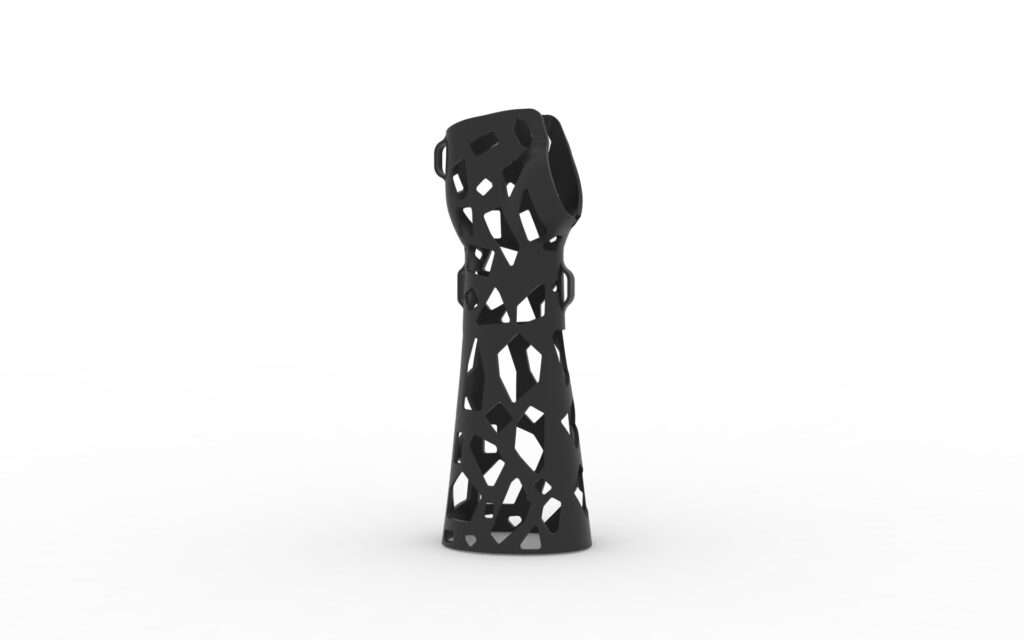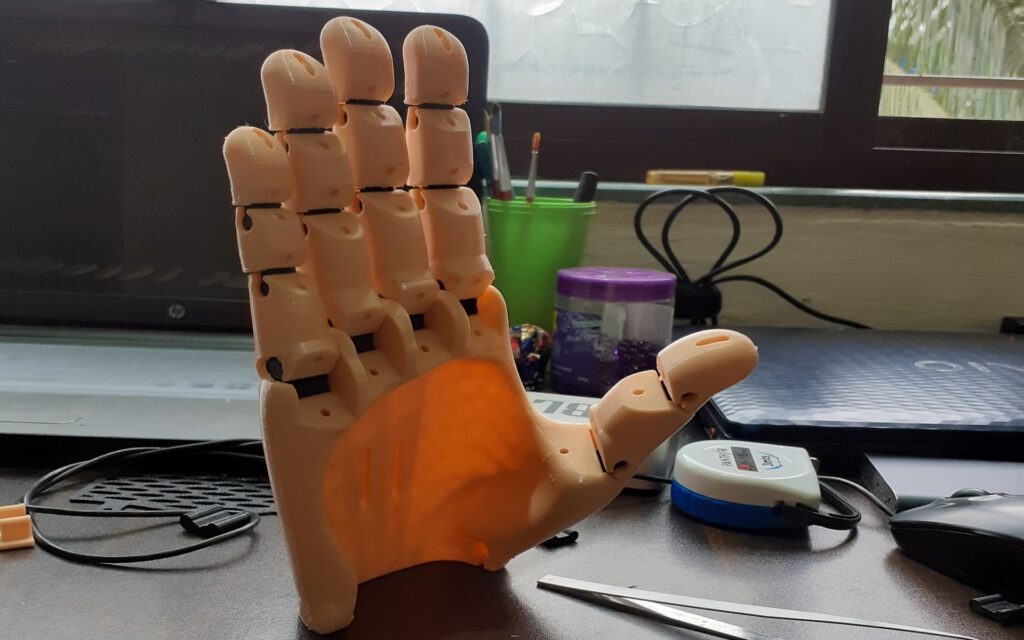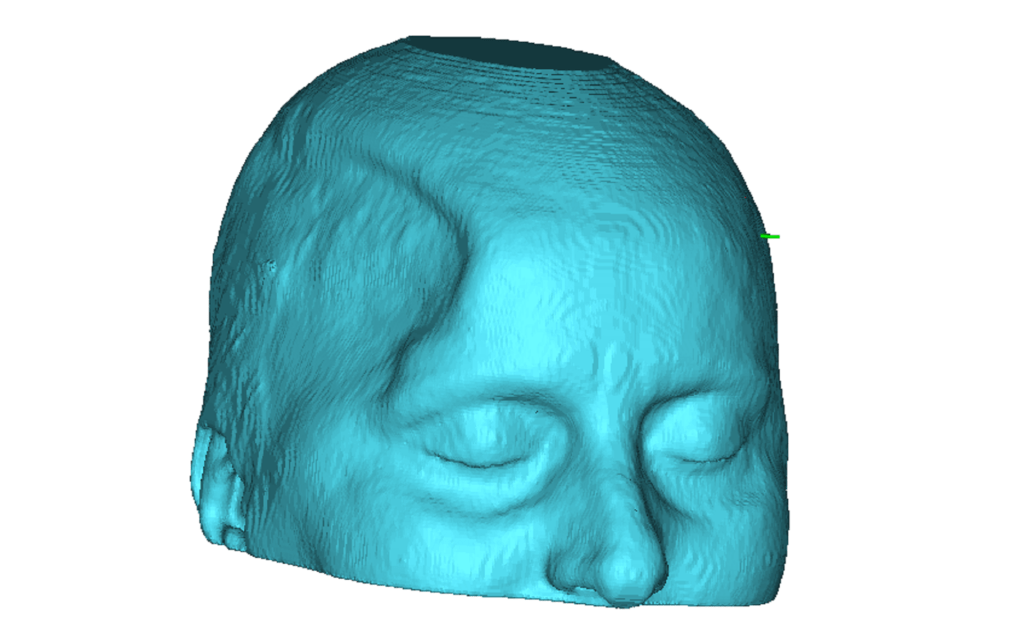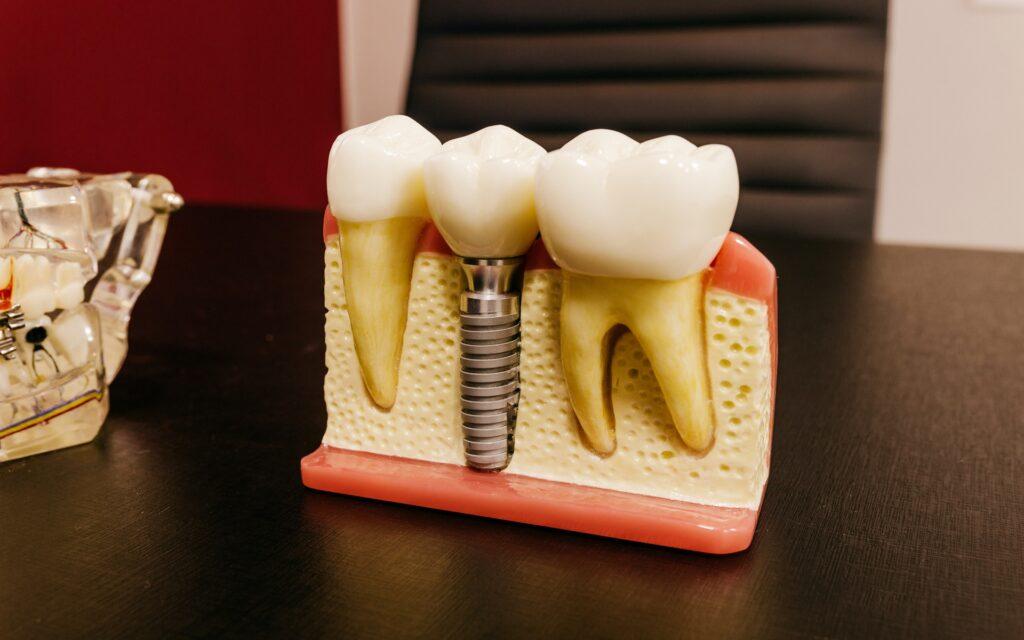Evolution of 3D Printing: Tracing the Technological Journey
#3DPrintingEvolution, #3DPrintingOrigins, #TechnologyHistory, #DevelopmentHistory, #InnovationTimeline, #EarlyDays, #3DPioneers, #IndustryGrowth, #3DMilestones, #PrintingRevolution, #HistoricalPerspective, #Advancements, #AncientOrigins, #AdditiveManufacturing, #PastAndPresent, #HistoricalOverview, #JourneyThroughTime, #Innovations, #HistoricalSignificance, #ImpactOnIndustry, #ThroughoutHistory
In our last blog we get to know about, what is 3D printing, the steps involved in 3D printing, what is an STL file, and we learn about the different types of 3D printers.
Now in this blog, we are going to know about the history of our 3D printers.
So, let’s get deep down into it…
History of 3D Printing
The first 3D printer equipment for manufacturing was developed by a Japanese person, Hideo Kodama of the Nagoya Municipal Industrial Research Institute in the late 1980s.
The first 3D printer was a photosensitive resin that was polymerized by a UV light commonly known as SLA or Stereolithography.
In 1986, Charles Hull was the first to file a stereolithography (SLA) patent application. He established the 3D Systems Corporation, whose first commercial device, the SLA-1, was made available in 1988.
In the same year 1988, SLS [Selective Laser Sintering] was developed by Carl Deckard, another 3D printing technique in which powder grains are fused together locally by a laser.
Scott Crump, a co-founder of Stratasys Inc., filed a patent application for fused deposition modeling (FDM) in the meantime. Three of the key 3D printing technologies were patented in less than 10 years, and 3D printing was established.

The SLA 1 – First 3D printer
In the early 2000s, Commercialization, and Mainstream Adoption were achieved by 3D printers. As the patents for 3D printing technologies expired, the field became more accessible to entrepreneurs and companies. This led to the commercialization of 3D printers and their gradual integration into various industries. Initially, 3D printing was mainly used for rapid prototyping, enabling faster and more cost-effective product development.
During the mid-2000s, advancements in 3D printing materials widened the range of printable substances, including metals, ceramics, and various polymers. With the ability to print in different materials, 3D printing started finding applications in the aerospace, automotive, healthcare, and consumer goods industries.

Turbines printed in 3D [Source – filament2print]
Then the early 2010s saw a surge in interest from the general public as 3D printing technology became more affordable and accessible. Companies like MakerBot and Ultimaker played a significant role in bringing consumer-grade 3D printers to the market. Hobbyists, educators, and DIY enthusiasts started exploring the technology’s creative potential, leading to the rise of the Maker Movement.

3D Printed Orthopedic Plaster [Source – Shokitech Innovation]
In the latter part of the 2010s, bioprinting made significant strides, allowing researchers to print human tissues and organs using a patient’s own cells. This breakthrough opened new possibilities in regenerative medicine. Additionally, large-scale 3D printers capable of printing buildings and infrastructure components emerged, showing potential in construction and architecture.

[Source – Drug target review]
In recent years, 3D printing has continued to evolve and innovate. Industrial-grade 3D printers have become more sophisticated, enabling the production of high-precision, end-use parts for industries like aerospace, automotive, and medical devices. Additive manufacturing has proven instrumental in reducing lead times and material waste while allowing greater design freedom.
Today, 3D printing is an established technology with diverse applications, ranging from rapid prototyping to custom manufacturing, aerospace, healthcare, and even space exploration. As researchers and engineers continue to refine the technology and explore new materials and methods, the future of 3D printing promises even more exciting possibilities for innovation and progress.
Thank you, for being with us till here, now I think you understand the history of our 3D printers, and get a slight idea of how far we have come.
In the next blog, we are going to learn about the different types of file formats that were used for our 3D printers.
So, till then keep being awesome and keep learning, We will meet again in our next blog.




